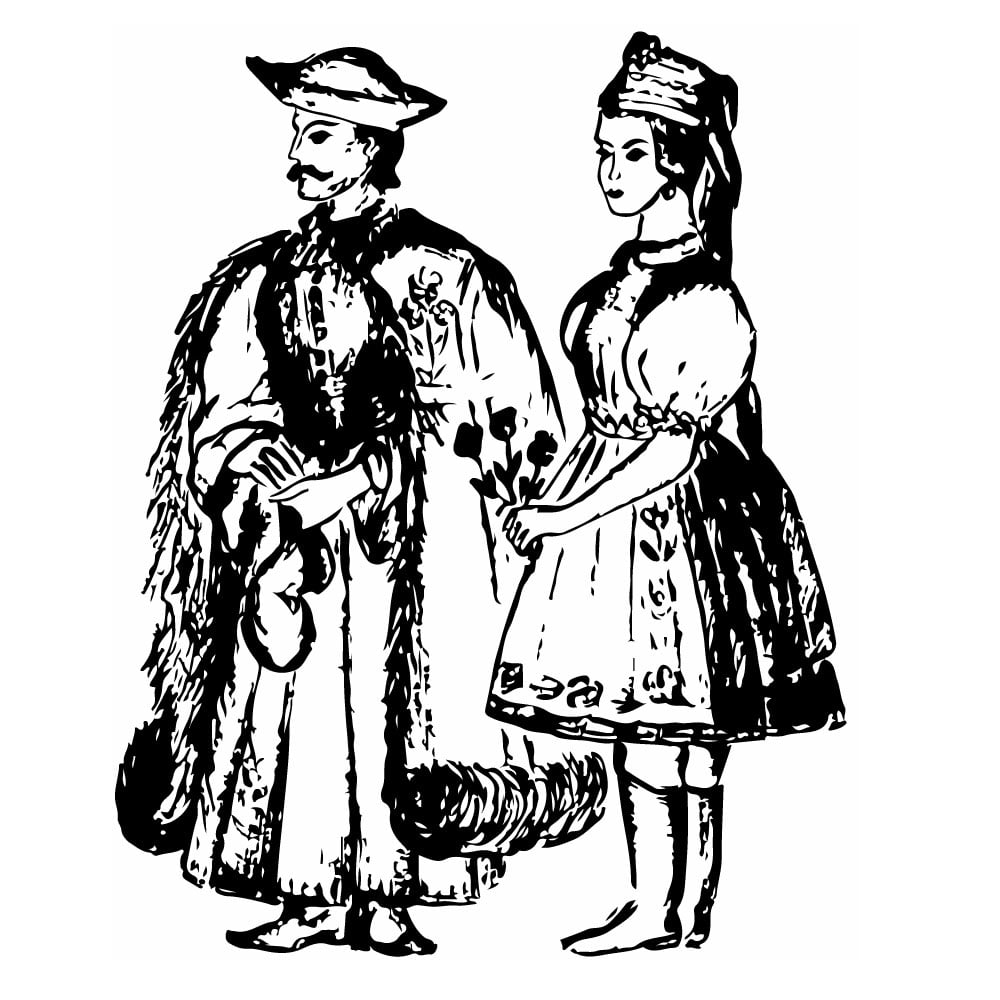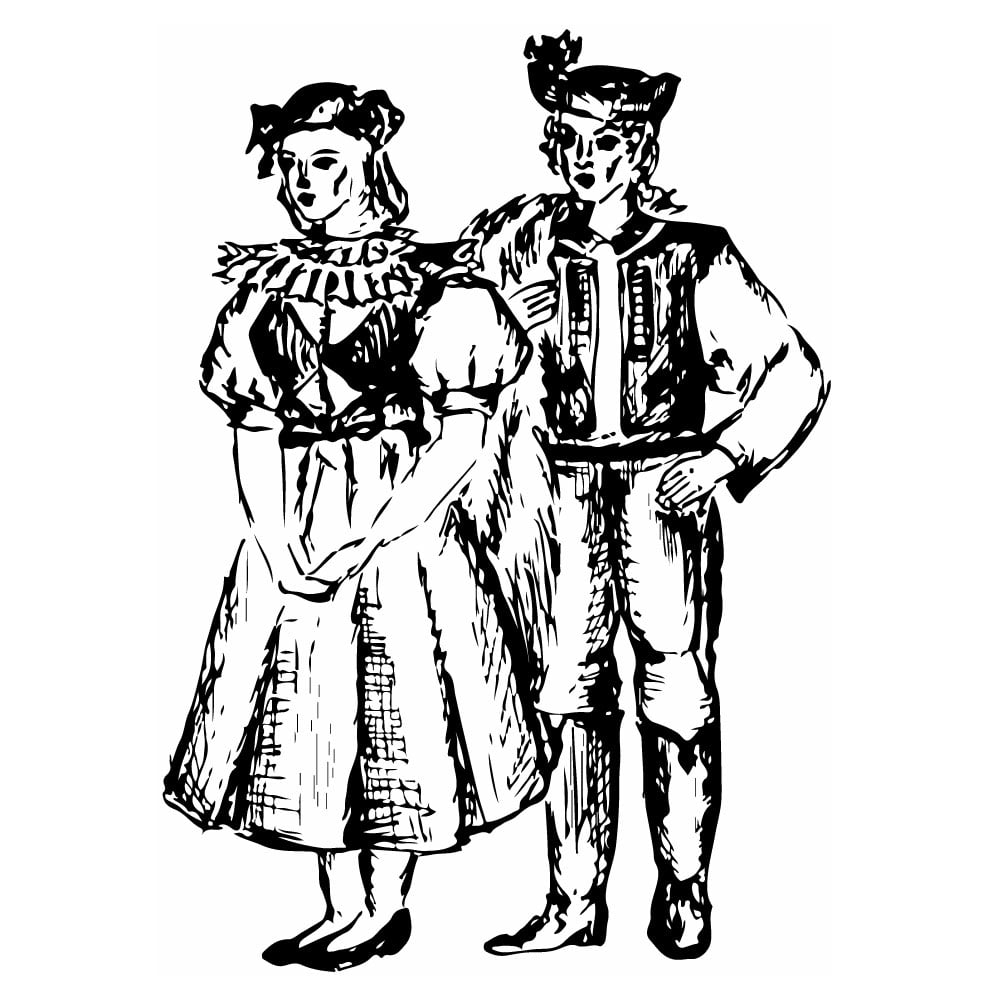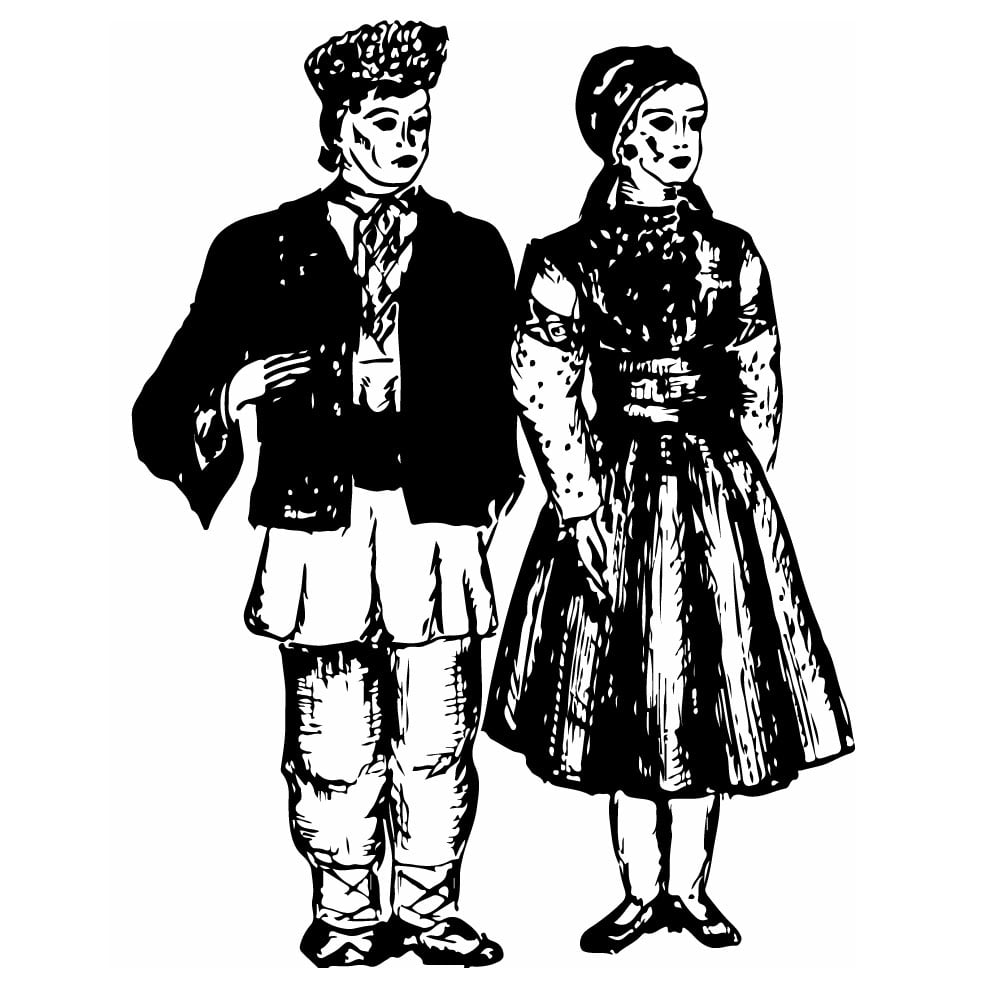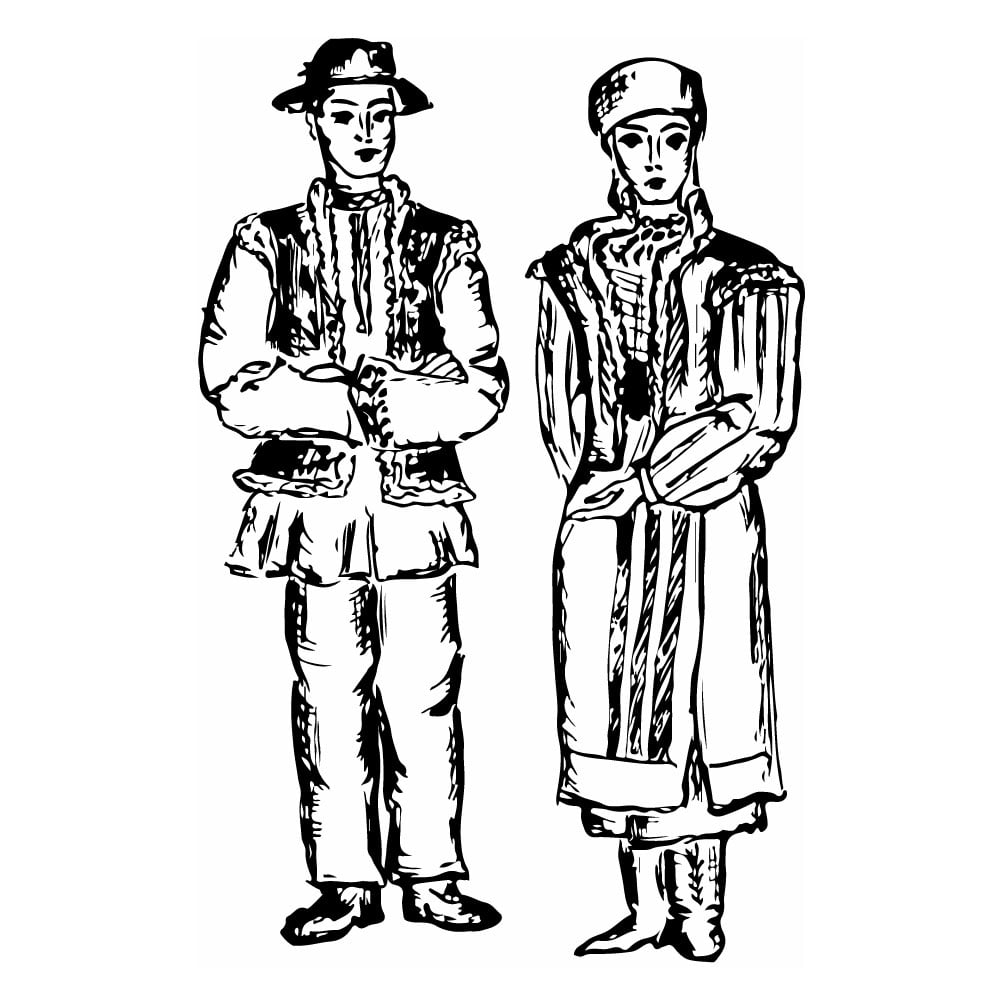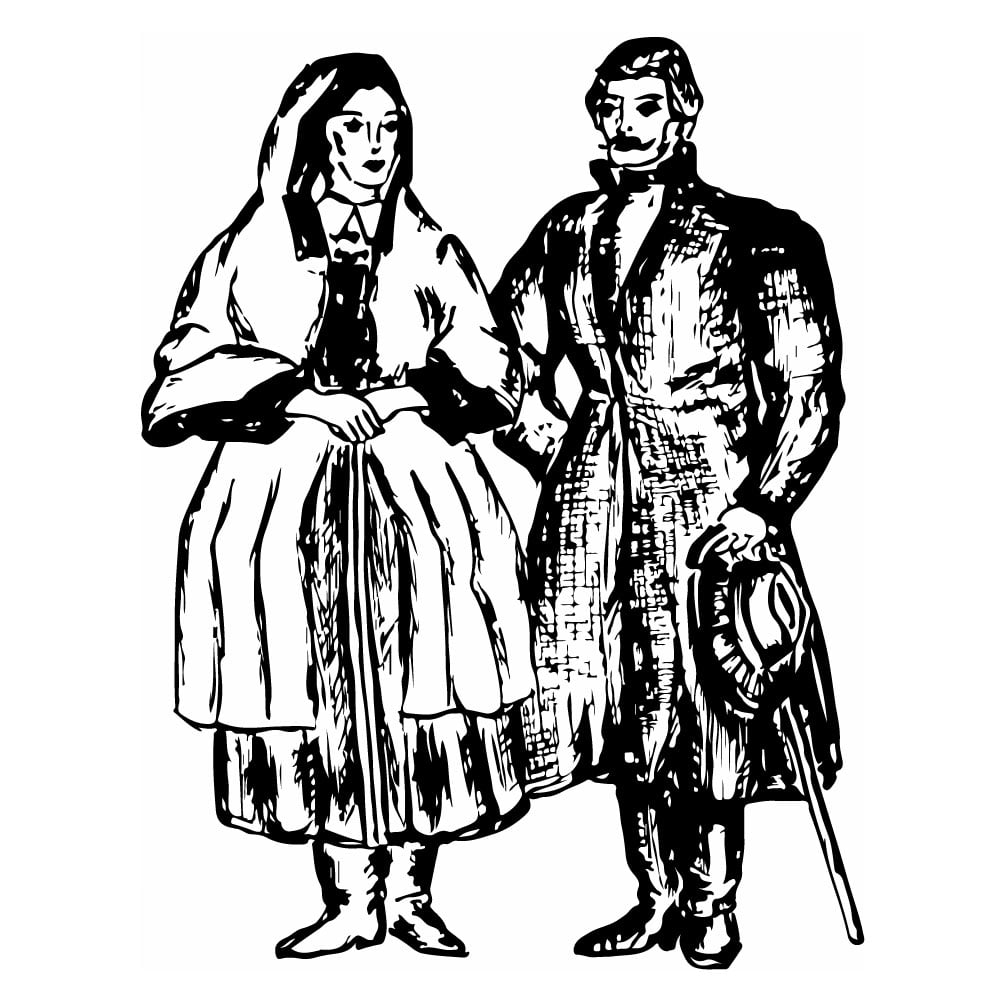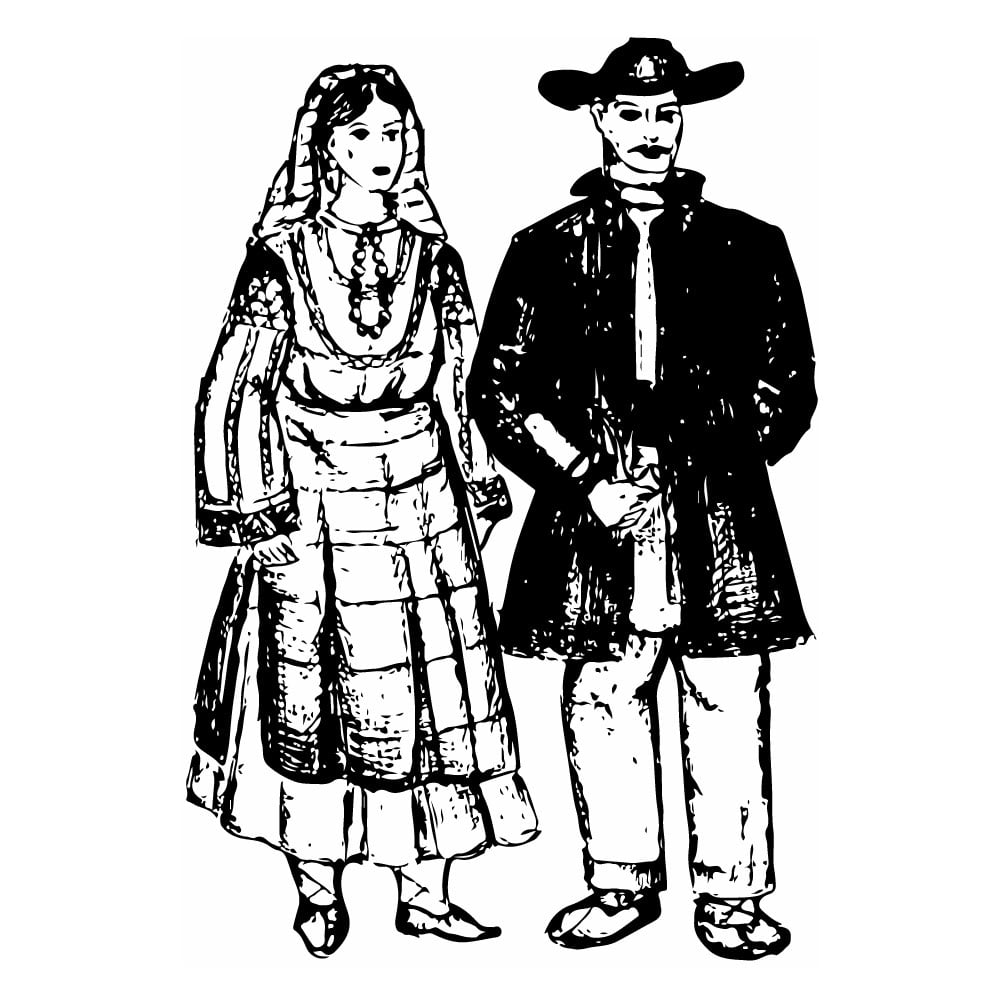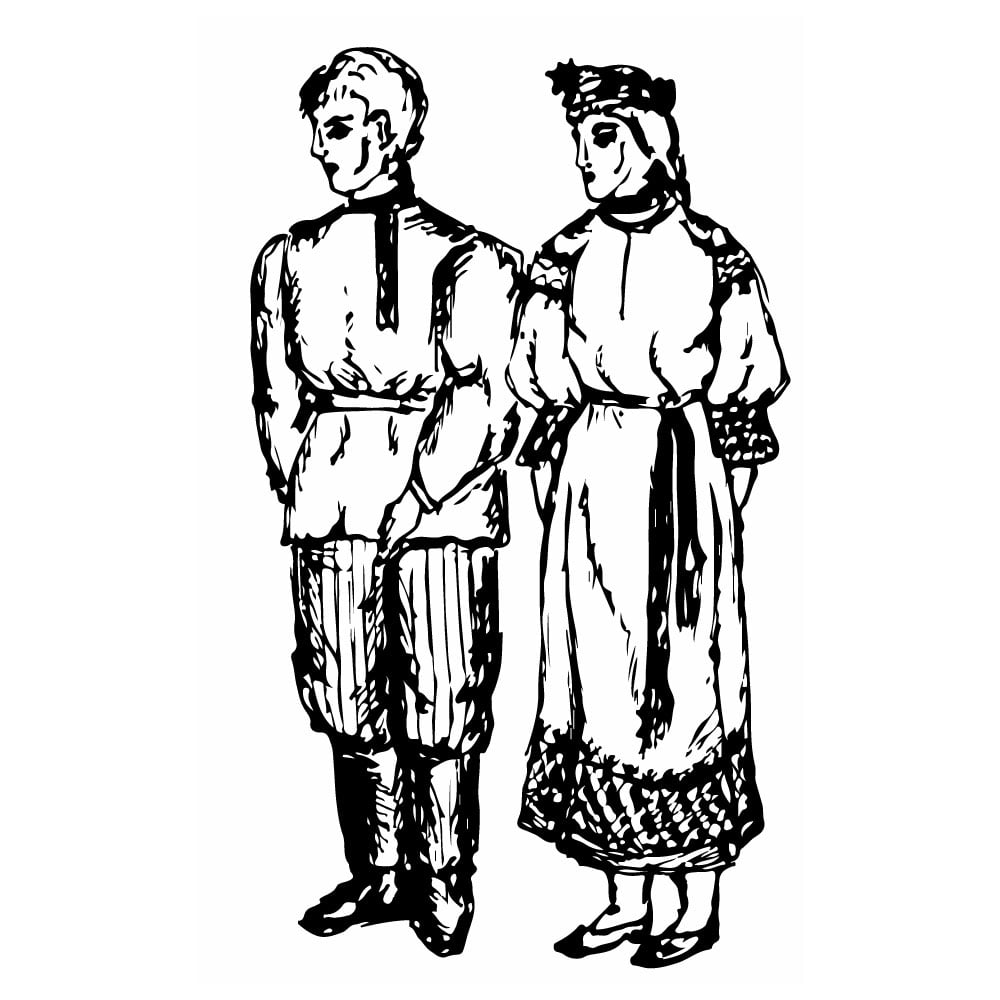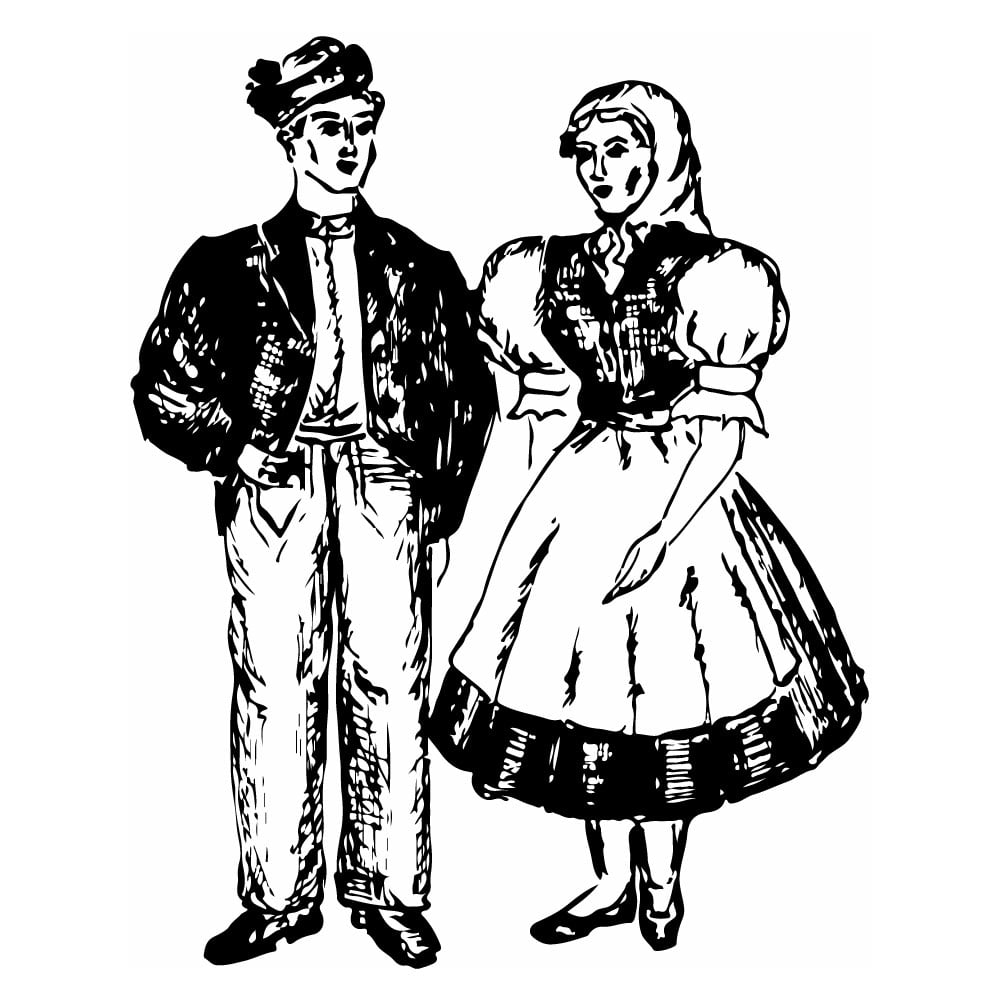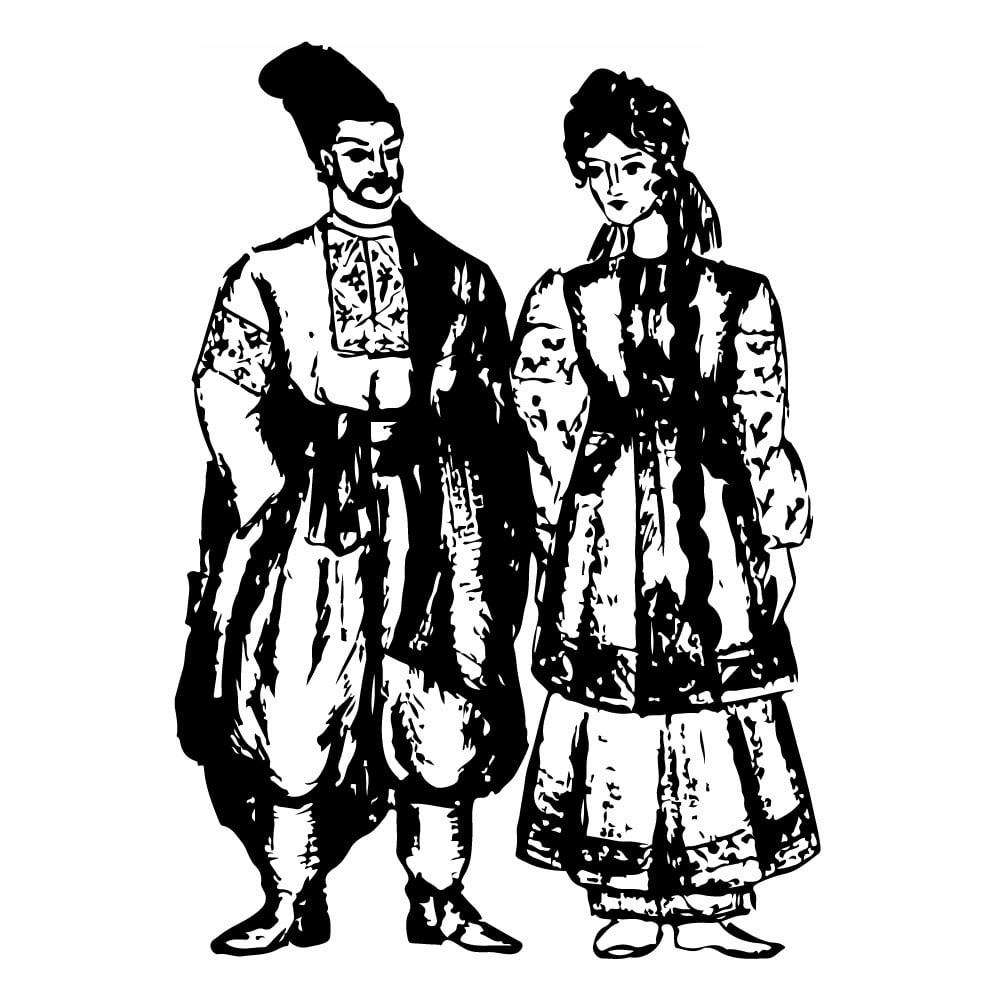Hungarians
| Population | 171,000 |
| Language group | Ugrian of Finno-Ugrian languages |
| Language | Hungarian |
| Region | Transcarpathian Region of Ukraine |
| Religion | Christianity (Roman Catholicism, Calvinism, Lutheranism) |
*Population estimates for 1994
Hungarians (Magyars) are the main population of Hungary. On the territory of Ukraine, they live in the Transcarpathian Region. They belong to Central European race of European race, but a part of them has Mongolian mixtures. They speak various dialects of the Hungarian language. Their written language is based on Latin script. The believers in general are Catholics, but there are also Calvinists and Lutherans, although not many.
The Hungarian tribes of the nomadic and cattle-raising people, whose homeland modern investigators consider to be the area to the east of the Urals, resettled into the Kama River basin in 1,000 AD, and then into the deserts near the Black and the Azov Seas. They were under the dominion of the Onogurs and Protobulgarians for a long time. In 895-896 AD Hungarians crossed the Carpathian mountains and settled in the Central Danube basin. The transition to the settled way of life was done. The feudal Hungarian State was founded at the beginning of the eleventh century. For many centuries there occurred migrations of people within and outside the bounds of the state, especially to the East of the Carpathians.
Traditional occupation was agriculture (farming, cattle-raising, gardening, vegetable agriculture, and viticulture). Folk handicrafts were various things such as flax and hemp processing, embroidering, hand lace plaiting, weaving, pottery, and tanning.
Traditional forms of dwelling were also various in style. Stones and bricks are now the main modern building materials.
Hungarian garments were diverse. Women wore wide skirts with gathers, short shirts with wide sleeves, kerchiefs, and caps. The men’s dress consisted of a sackcloth shirt, vest and linen trousers. They also wore fur hats and straw hats. Traditional men’s overcoats were felt coats of the upright cut, embroidered coats, and long fur cloaks.
National traditions are preserved stable in the national cuisine. Hungarian songs and dances (czardas, verbunkos) are the spirit of their rich folklore. Hungarian folk music, tales, ballads, proverbs, and legends are peculiar as well.
This is Ad 1

